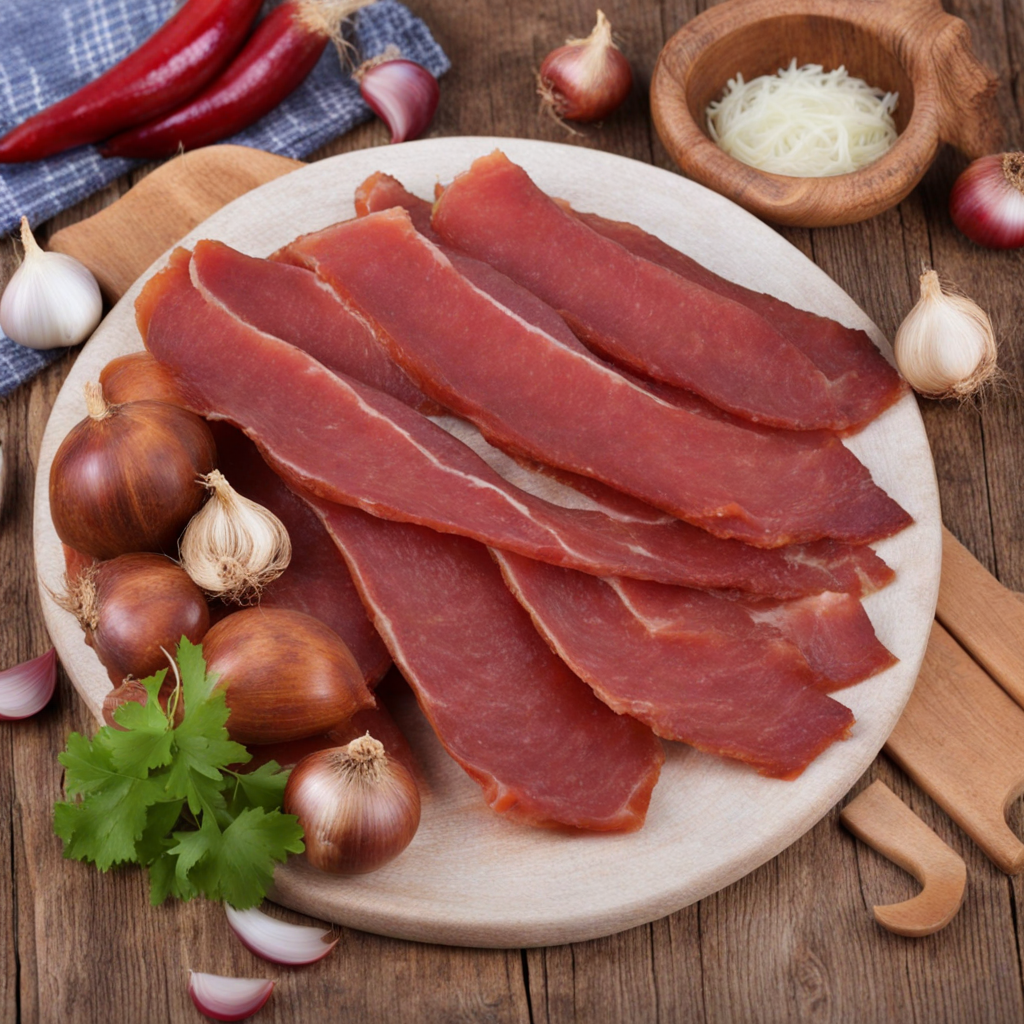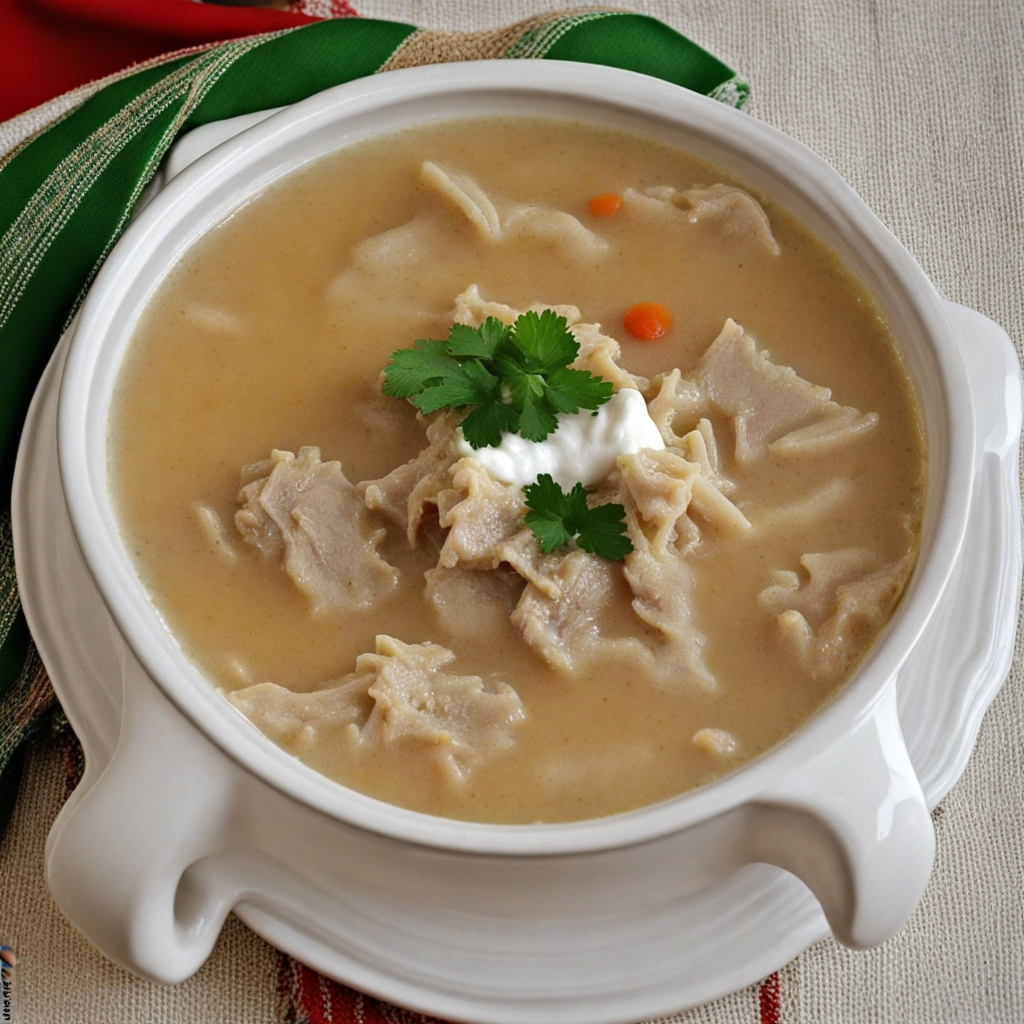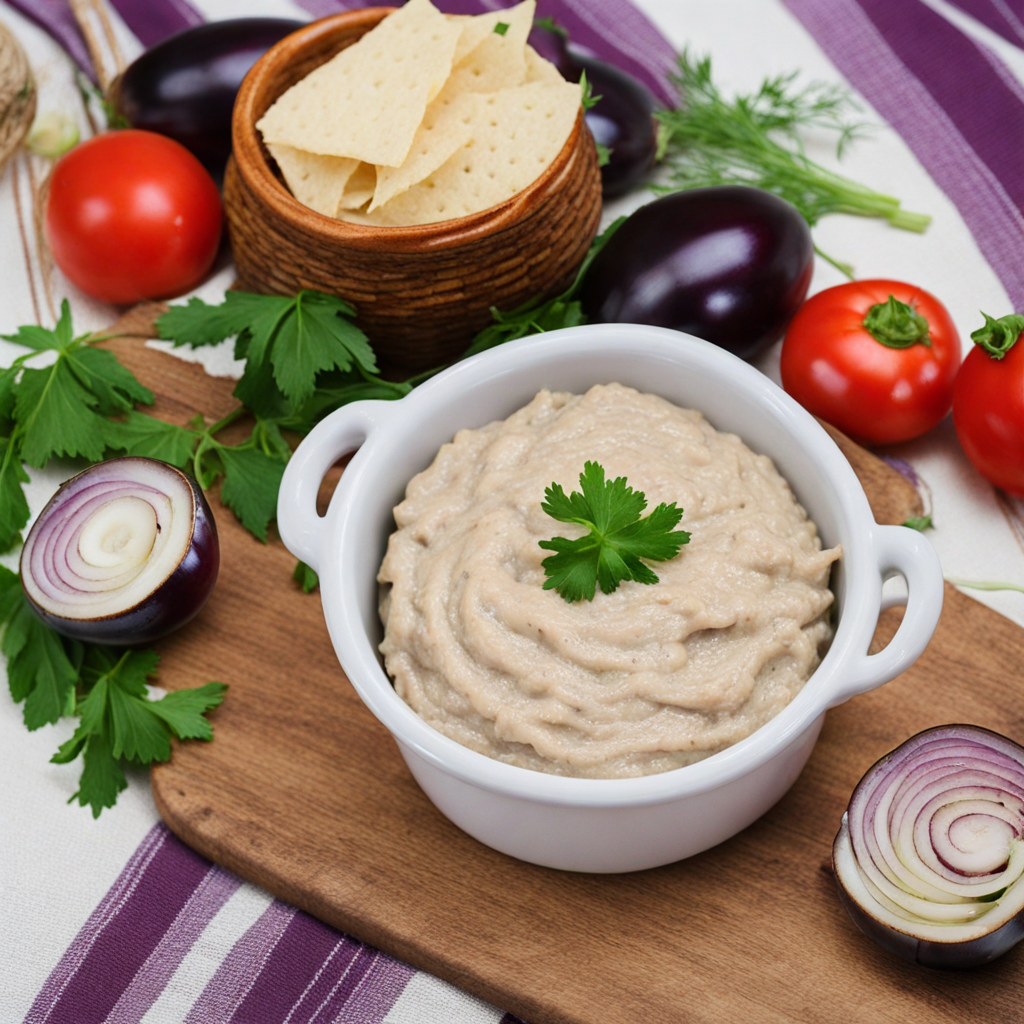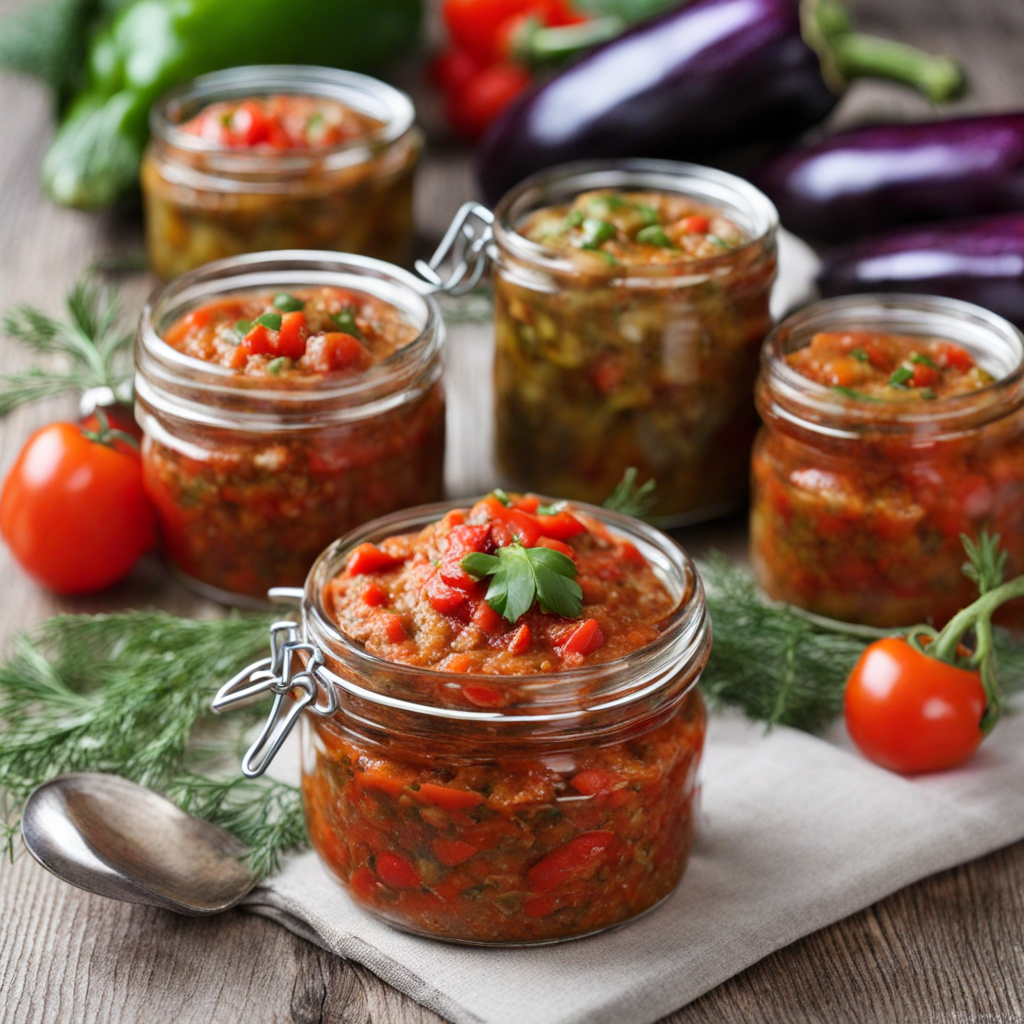Slănină
Slănină is a traditional Romanian delicacy that showcases the rich culinary heritage of the region. This exquisite dish consists of cured pork fat, often prepared with a variety of spices, herbs, and sometimes garlic, creating a unique flavor profile that is both savory and slightly tangy. The preparation process typically involves a careful salting and seasoning of the pork fat, which is then allowed to mature over time. This aging process enhances the depth of flavor, resulting in a product that has a delightful melt-in-your-mouth quality. When served, slănină is often cut into thin, translucent slices, allowing its creamy texture and robust flavor to shine through. It is commonly enjoyed as part of a traditional Romanian meze platter, accompanied by fresh bread, pickles, and a glass of local țuică (a traditional plum brandy). The contrast between the rich fat and the crunchy, tangy pickles, along with the hearty bread, creates a delightful balance that excites the palate. Many Romanians also enjoy slănină with a sprinkle of paprika or black pepper, adding an extra layer of spice to the experience. This dish not only offers a taste of Romania's rural roots but also reflects the country’s emphasis on preserving food through traditional methods. Slănină is often enjoyed during festive gatherings and celebrations, symbolizing hospitality and the joy of sharing good food with loved ones. For those looking to explore new flavors, slănină presents a unique opportunity to indulge in a culinary tradition that is both simple and deeply satisfying, making it a must-try for any food enthusiast.
How It Became This Dish
Slănină: A Culinary Tradition of Romania #### Origin and Historical Context Slănină, a traditional Romanian delicacy, is essentially a form of cured pork fat, often seasoned with salt, spices, and sometimes garlic or other flavorings. Its roots can be traced back to ancient times when the practice of preserving meat was essential for survival, particularly in the colder months when fresh food was scarce. In Romania, the art of curing pork fat evolved into a culinary tradition that reflects the region's agricultural practices, climate, and cultural heritage. The history of slănină is intertwined with the broader customs of meat preservation in Eastern Europe. The process of curing fat, in particular, has deep roots in the pastoral lifestyle of the Carpathian Mountains, where communities relied on pigs both for sustenance and for utilizing every part of the animal. The pig, often raised in small farms, was a symbol of prosperity and abundance, and the consumption of its various parts, including slănină, represented resourcefulness and respect for the animal. #### Cultural Significance Slănină holds a revered place in Romanian cuisine, celebrated not only for its flavor but also for its cultural symbolism. It is often associated with traditional Romanian hospitality and is a staple at festive gatherings, family reunions, and holiday feasts. During celebrations such as Christmas and New Year, slănină is often presented on a platter as part of a larger meze, alongside other cured meats, cheeses, and pickles. The dish also serves as a powerful symbol of national identity. In Romania, slănină is more than just food; it represents a connection to the land and the agricultural practices that have defined the region for centuries. It is often prepared during traditional festivals, where the preparation of slănină becomes a communal activity, bringing families and neighbors together in the spirit of cooperation and celebration. In rural areas, the preparation of slănină can also be seen as a rite of passage. Many Romanians recall their childhood experiences of helping their families in the autumn during pig slaughtering season, a time that was both somber and festive. The process of making slănină is often accompanied by stories, laughter, and the sharing of recipes passed down through generations. This connection to heritage reinforces the sense of community and continuity within Romanian culture. #### Preparation and Variations The preparation of slănină involves a meticulous process that has been honed over generations. Traditionally, it is made from the fatty parts of the pig, particularly the back and belly. The fat is first cleaned, then salted and seasoned with a mixture of spices that may include black pepper, thyme, and bay leaves. Some families incorporate garlic, which adds a robust flavor and is believed to enhance the preservation process. The seasoned fat is then placed in a cool, dark place to cure. Depending on regional practices, the curing time can vary. In some areas, slănină is cold-smoked, which not only adds flavor but also extends its shelf life. This method of smoking, often done using beechwood, infuses the fat with a distinctive aroma and taste. After curing, slănină can be sliced thinly and served as a cold appetizer, often accompanied by fresh bread, tomatoes, and onions. Regional variations of slănină exist throughout Romania, reflecting local tastes and traditions. For instance, in Transylvania, slănină might be flavored with paprika, giving it a unique twist, while in Dobrogea, it could be seasoned with a hint of chili for added spice. These regional adaptations highlight the versatility of the dish and its ability to absorb local influences. #### Evolution Over Time As with many traditional foods, slănină has evolved over time, adapting to changing tastes and economic conditions. In the past, it was primarily a rural dish, associated with peasant families who relied on home-produced food for their sustenance. However, as Romania underwent significant socio-economic changes in the 20th century, including industrialization and urbanization, slănină began to enter urban markets. In the late 20th century, during the communist era, the production and distribution of slănină were regulated. Though the quality and methods of production suffered during this time, the dish remained a staple in Romanian households. After the fall of communism in 1989, there was a resurgence of interest in traditional foods, leading to a revival of artisanal practices. Small producers and family farms began to emerge, focusing on quality and traditional methods of making slănină. This shift was part of a broader movement towards valuing local, authentic food products in Romania and across Europe. Today, slănină is gaining recognition beyond Romania's borders. It is featured in international food festivals and is appreciated by culinary enthusiasts who seek out authentic and traditional foods. This growing interest has also led to the establishment of certifications aimed at preserving traditional methods of production, ensuring that slănină retains its cultural integrity while appealing to modern palates. #### Conclusion Slănină is more than just a culinary delight; it is a testament to Romania's rich agricultural heritage and cultural identity. Its preparation is steeped in tradition, embodying the values of community, resourcefulness, and respect for nature. As it continues to evolve, slănină remains a beloved symbol of Romanian cuisine, bridging the past with the present and showcasing the enduring power of traditional foods to bring people together. Whether enjoyed at a festive gathering or as a simple snack, slănină serves as a delicious reminder of Romania's vibrant culinary landscape, a celebration of flavors that resonate with history and culture.
You may like
Discover local flavors from Romania







